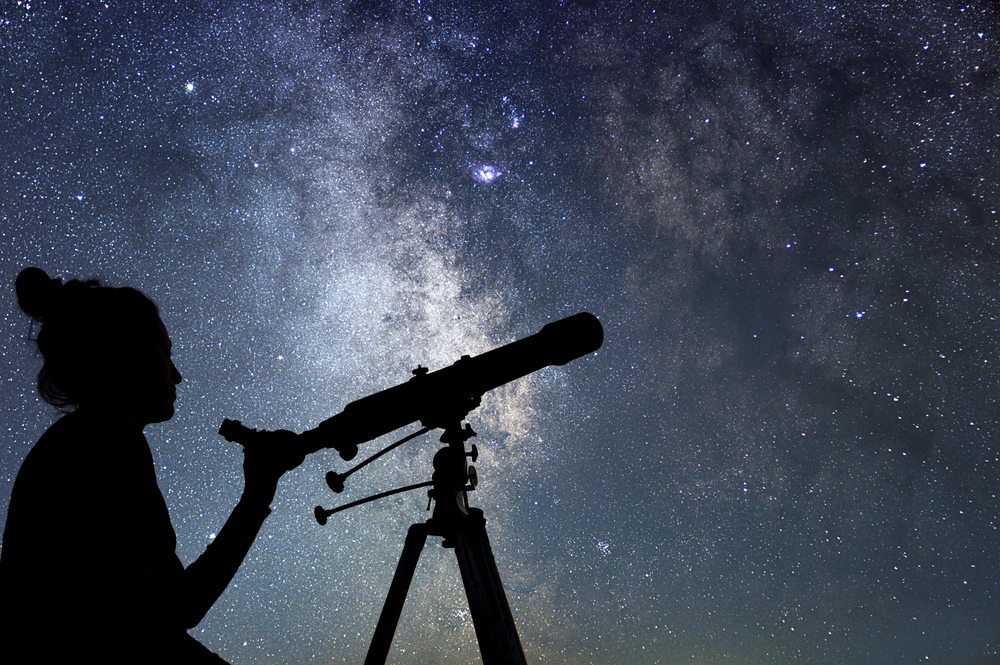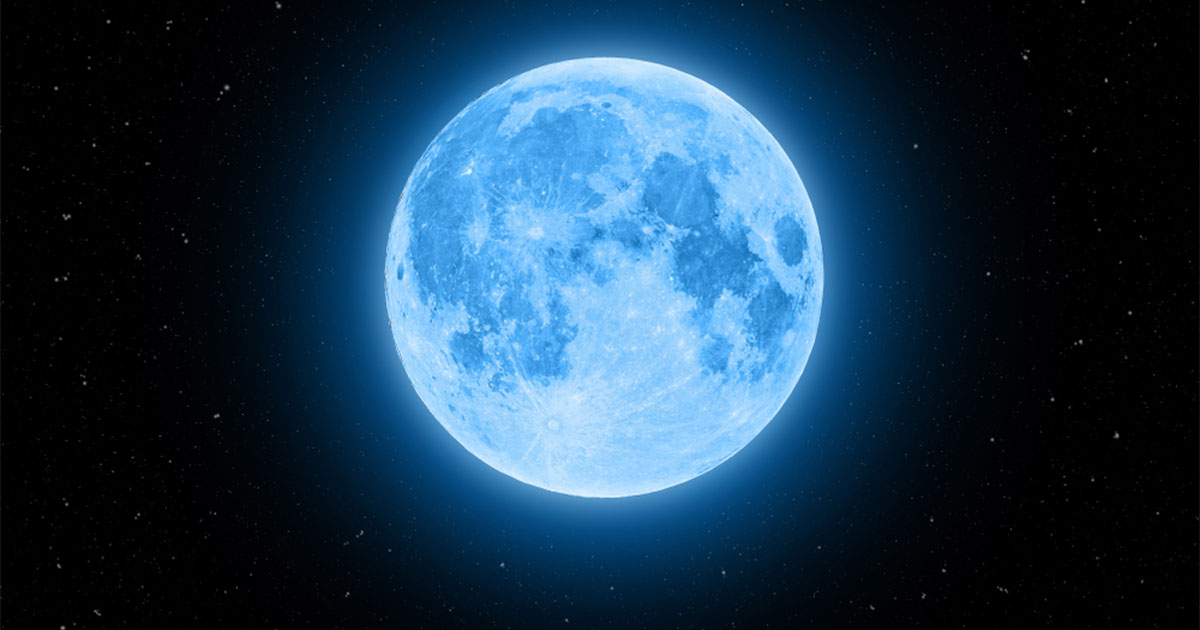On August 30, the curtains rise on the night skies, revealing a spectacular show that won’t be visible for another 14 years.
In the hat trick of moon shows: August 30 to 31 is when the sky will light up with all three, full moon, a supermoon and a blue moon.
And, co-starring on the stage of the celestial wonder is the ringed planet Saturn, which will also be visible, peeking from behind the bright moon.
Stargazers are in for a real treat this week. It’s the second full moon of the month, which is why it’s considered “blue.” It’s called a supermoon because of it’s closeness to the Earth, which makes it appear bigger and brighter. In fact, it’s only about 222,043 miles away, which is 100 miles closer than the August 1 supermoon, making it look “about 14 per cent bigger than when it’s farthest from Earth”–or the size difference between a quarter and a nickel.
Further explaining the “blue,” NASA writes that the Moon’s cycle is 29.5 days, shorter than the average length of a calendar month.
“Eventually that gap results in a full moon happening at the beginning of a month with enough days still remaining for another full cycle–so a second full moon in the same month.”
When a full moon is visible on the 1st or 2nd of a month, it will likely be followed by another blue moon on the 30th or 31st. This happens every two to three years.

NASA says that squeezing a second full moon into a month isn’t enough to turn it blue. But, when there are particles of the right size in the air to filter out red light–a major event, like the 1883 volcanic eruption of Indonesia’s Krakatoa or the 1983 eruption of El Chichon in Mexico–the conditions may be right to create a blue-looking moon.
The term “supermoon” describes a full moon that happens within two days of it passing through its closest point to Earth (perigee), whereas an apogee is its farthest point.
According to NASA, about 25 percent of all full moons are supermoons, but only 3 percent of full moons are blue moons, which typically happen on average every 10 to 20 years.

That last super blue moon was in December 2009, and the next one will happen in succession in January and March 2037.
Italian astronomer Gianluca Masi, founder of the Virtual Telescope Project, is hoping to livestream the blue supermoon shining above St. Peter’s Basilica at the Vatican.
Weather permitting, Masi says that skygazers won’t need binoculars or telescopes, “just their own eyes.” Masi said, “I’m always excited to admire the beauty of the night sky, especially when it features a blue supermoon.”
Adding to the excitement of the night’s show is Saturn, which like the moon, also reaches perigee. In its opposition, which means it is aligned with the sun and Earth that’s found in the middle, the gas giant will be at its biggest and brightest through the following weekend.
When you look up at the full moon on August 30, Saturn will appear close by like a bright star that isn’t twinkling.

It can be found about 5 degrees to the upper right of the moon at sunset in the east-southeastern sky, according to NASA, and throughout the night, it will appear to circle clockwise around the moon.
If you have high-powered binoculars, you might even be able to see its rings or its moon, Titan!
If the weather dampens your views this week, don’t worry! NASA shares that Saturn will be visible until February 2024, so you’ll have plenty of time to see the stunning ringed planet!
READ MORE
- The biggest supermoon in 68 years is almost here – find out when to see it with your own eyes
- Jupiter and Saturn are set to do something they haven’t done in 800 years and here’s how you can see it
Next time someone says “once in a blue moon,” you can be sure it means the same as “when pigs fly.”
We hope you catch this rare celestial event! Please share this story and let others know what’s happening in our skies.





